
Lt. General José Antonio de la Caridad Maceo y Grajales was a Cuban general and second-in-command of the Cuban Army of Independence.
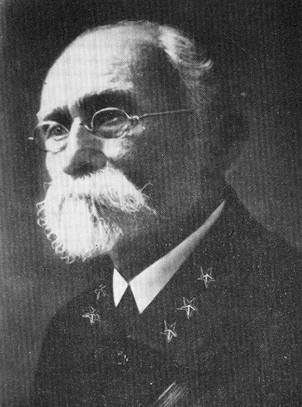
Máximo Gómez y Báez was a Cuban-Dominican Generalissimo in Cuba's War of Independence (1895–1898). He was known for his controversial scorched-earth policy, which entailed dynamiting passenger trains and torching the Spanish loyalists' property and sugar plantations—including many owned by Americans. He greatly increased the efficacy of the attacks by torturing and killing not only Spanish soldiers, but also Spanish sympathizers and especially Cubans loyal to Spain. By the time the Spanish–American War broke out in April 1898, the rebellion was virtually defeated in most of Western Cuba, with only a few operating pockets in the center and the east. He refused to join forces with the Spanish in fighting off the United States, and he retired to the Quinta de los Molinos, a luxury villa outside of Havana after the war's end formerly used by captains generals as summer residence.
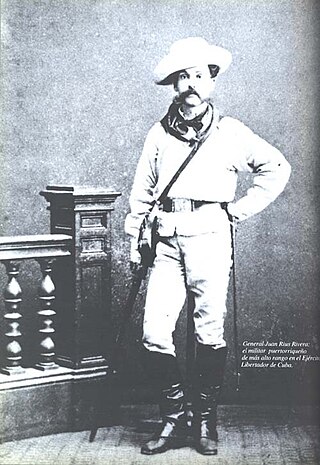
General Juan Rius Rivera, was the soldier and revolutionary leader from Puerto Rico to have reached the highest military rank in the Cuban Liberation Army and to hold Cuban ministerial offices after independence. In his later year, he also became a successful businessperson in Honduras.

Demetrio Castillo Duany was a Cuban revolutionary, soldier, and politician. He fought in the Cuban Independence and Spanish–American wars.

The Cuban War of Independence, also known in Cuba as The Necessary War, fought from 1895 to 1898, was the last of three liberation wars that Cuba fought against Spain, the other two being the Ten Years' War (1868–1878) and the Little War (1879–1880). The final three months of the conflict escalated to become the Spanish–American War, with United States forces being deployed in Cuba, Puerto Rico, and the Philippine Islands against Spain. Historians disagree as to the extent that United States officials were motivated to intervene for humanitarian reasons but agree that yellow journalism exaggerated atrocities attributed to Spanish forces against Cuban civilians.

Bartolomé de Jesús Masó Márquez was a Cuban politician and military, patriot for Cuban independence from the colonial power of Spain, and later President of the República en Armas.
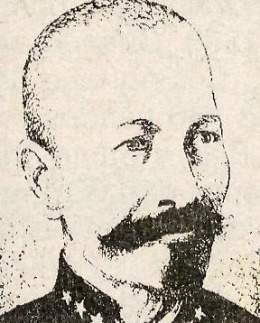
Jesús “Rabí” Sablón Moreno was a Cuban soldier and patriot of the 19th century.
The Battle of El Jobito was a military event which took place on May 13 of 1895 in Oriente Province of Cuba, in the Cuban War of Independence.
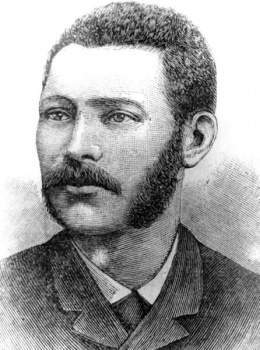
José Marcelino Maceo Grajales was a Cuban independence activist and patriot.

Pedro Agustín Periquito Pérez Pérez, better known as Periquito Pérez was a Cuban independence political activist.

The Battle of Peralejo was a military confrontation between Cuban independence rebels, under the command of Major General Antonio Maceo against the forces of the Spanish Army, under the command of Captain General Arsenio Martínez Campos, which was part of Maceo's First Eastern Campaign during the Cuban War of Independence.
The Battle of El Indio Sao was a battle of the Cuban War of Independence which took place on the 31st of August 1895 in Oriente Province of Cuba.

Agustín Cebreco Sánchez, was a Cuban major general and politician of the Mambí Army.
The Invasion from East to West took place on the island of Cuba, and began on October 22, 1895, in Mangos de Baraguá, in the former province of Oriente. It was organized and directed by Antonio Maceo Grajales and Máximo Gómez. The Liberation Army, guided by the firmness of taking the fight against Spanish colonialism to all corners of Cuba, starred in one of the most relevant events in Cuban history. In the midst of the "Cuban War of Independence", inspired by José Martí, that campaign responded to the old desire of the insurgent generals Maceo and Gómez. These launched the strategy of limiting the liberation struggle to the eastern territory of the Island, but rather extending it throughout the entire Cuban territory to force Spain to fight simultaneously in the six provinces that the country had at that time, in order to weaken it on all fronts.

Francisco Adolfo "Flor" Crombet Tejera was a Cuban patriot and participated in the three independence conflicts. He was appointed head, in commission, of the division of Cuba and Bayamo and was Major General. He landed with Antonio Maceo Grajales for "Duaba". He participated in the Ten Years' War and protested with Maceo in Mangos de Baraguá in defense of the total and definitive independence of Cuba.
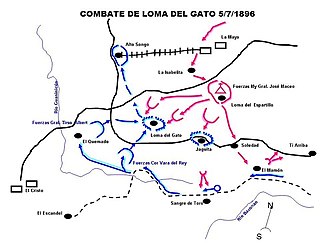
The Battle of Loma del Gato took place during the Cuban War of Independence on July 5, 1896 at Santiago de Cuba, Oriente Province. It is notable for the death of Mambí General José Maceo.

José Miró Argenter, also known as José de Miró Argenter was a Cuban brigadier general and author of Catalonian origin who served during the Cuban War of Independence. He was a division General of the Cuban Liberation Army and a member of Antonio Maceo's General Staff. In 1899 he published his work Cuba: Chronicles of the War, which was a book on his participation in the Cuban War of Independence.
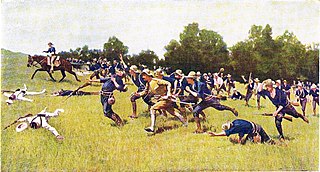
The Second Eastern Campaign was a military campaign that took place between August 1 to 12, 1898, in the Oriente Province of Cuba during the Cuban War of Independence. It was the shortest military campaign of the entire war and it was the one that marked the end of Spanish reign in Cuba and the Spanish Empire in Latin America.

José Manuel Capote Sosa (1836–1934) was a Cuban Major General and politician who participated in the Cuban War of Independence. He was known as the mayor of Bayamo and the brother of Colonel Gonzalo Capote of the Cuban Liberation Army.
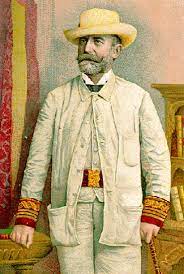
Fidel Alonso de Santocildes was a Spanish Brigadier General and war hero of the Ten Years' War, the Little War and Cuban War of Independence. He was notable for his extensive service during the colonial period of Cuba and was a recipient of the Order of San Fernando. However, he was killed during the Battle of Peralejo, suffering a mortal wound during the battle.

















